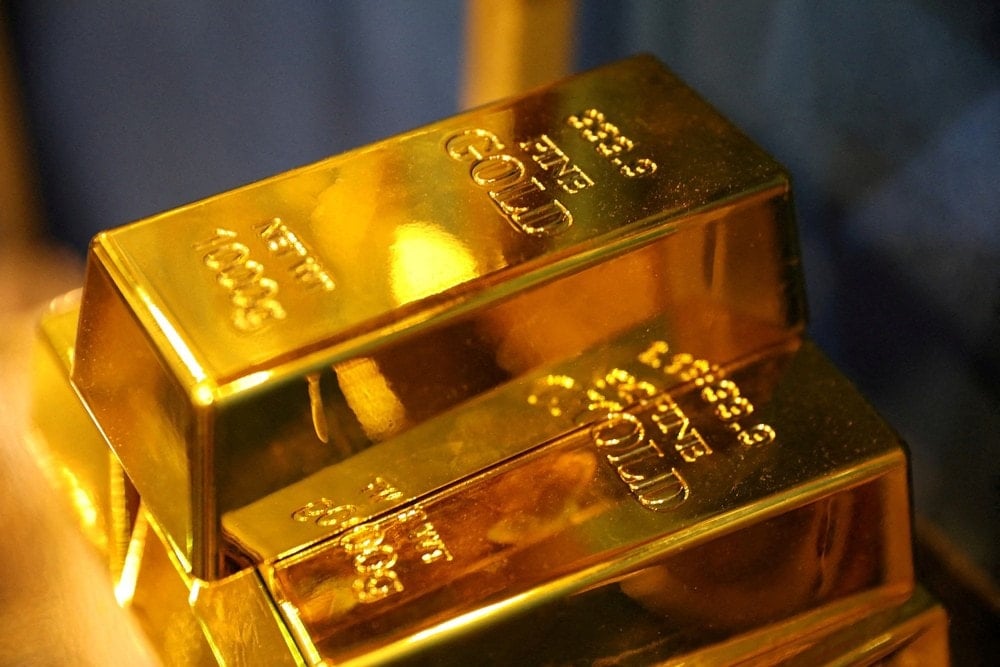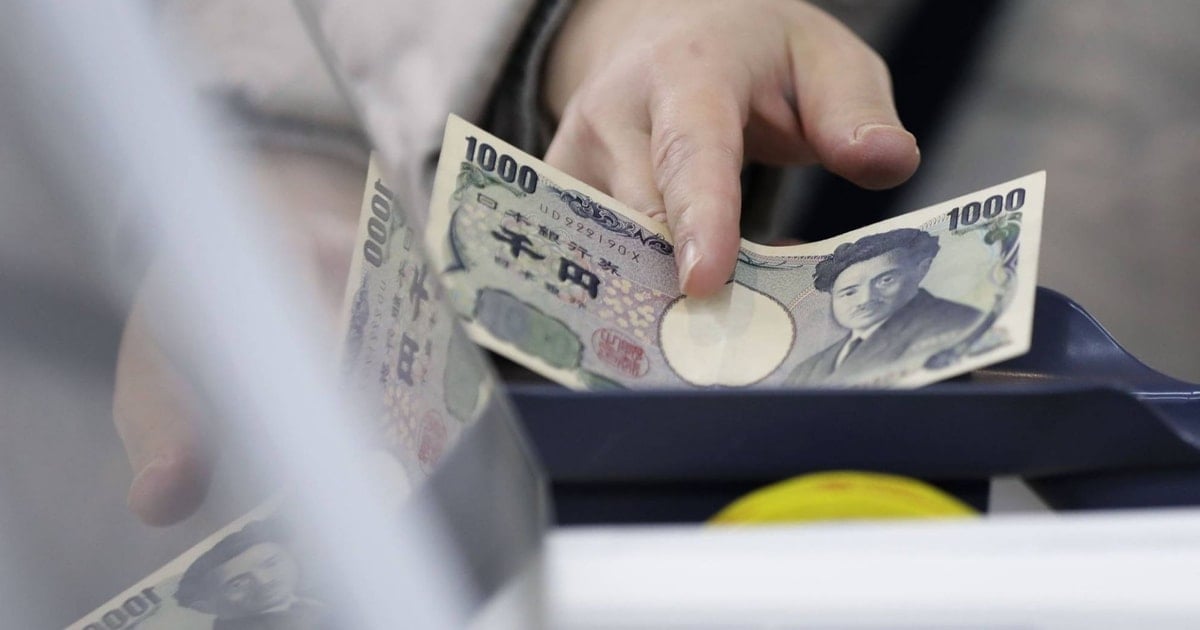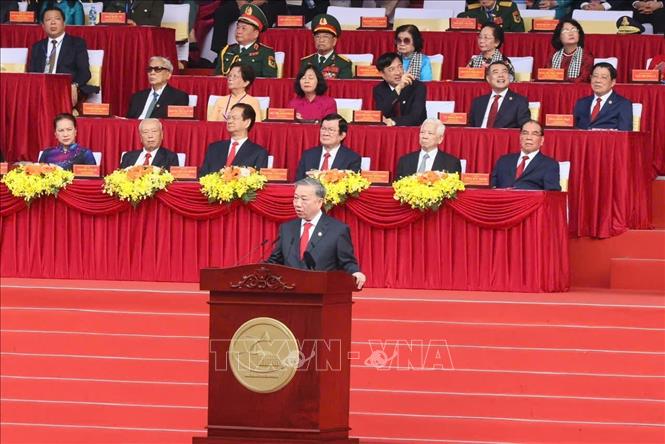Mr. Ray Jia, Head of Research at WGC China Market, said that domestic and international gold prices in China both reached an all-time high in March. The main reason was geopolitical tensions and the unpredictable trade policies of former US President Donald Trump, causing many investors to seek gold as a safe asset.
In addition, a weaker US dollar and strong inflows into gold ETFs also contributed to the rise in gold prices. In the first quarter of 2024, gold prices in both RMB and USD terms rose 19%, marking the strongest quarter since 2002 for Chinese gold and 1975 for global gold.
Despite the sharp rise in gold prices, demand for gold jewelry has fallen significantly. In the first quarter, the amount of gold withdrawn from the Shanghai Gold Exchange (SGE) was only 336 tons, 29% lower than the 10-year average and down 36% compared to the same period last year. The main reason was that the price of gold was too high, making consumers hesitant.
However, March saw some positive signs as jewelry businesses and banks began to replenish inventories after the Lunar New Year holiday. Gold withdrawals from the SGE in March were 120 tonnes, up 30 tonnes from the previous month but still slightly lower than the same period last year.
In contrast to the jewelry market, China’s gold ETFs continued to attract strong inflows. In March, an additional RMB 5.6 billion ($772 million) flowed into these funds, bringing total assets under management to a record RMB 101 billion ($14 billion). Gold holdings also increased by 7.7 tons, reaching an all-time high of 138 tons.
According to Mr. Jia, the rising gold price, along with concerns about global trade instability and the impact on the domestic economy, are the main factors driving the inflow of money into gold. Despite the difficulties in the jewelry market, gold remains an attractive investment channel in the current context of many economic and political risks.

Gold investment in China hits record despite rising prices
Strong demand in February and March helped Chinese gold ETFs post a record first quarter of 2025. According to Ray Jia of the World Gold Council (WGC), inflows into gold ETFs reached 16.7 billion yuan ($2.3 billion) in the first three months of the year, representing an increase of 23 tonnes of gold holdings – both of which were all-time highs.
The main reasons come from unprecedented gold prices, lack of confidence in other domestic assets, and growth concerns due to escalating US-China trade tensions.
Notably, this trend continued into the second quarter. In just the first two weeks of April, Chinese ETFs added 29 tonnes of gold, while total assets under management jumped 25% thanks to high gold prices and the increasingly fierce trade conflict with the US.
March also saw the People’s Bank of China (PBoC) continue to add gold to its national reserves, adding 2.8 tonnes. This was the fifth consecutive month that the PBoC has purchased gold, bringing its total official reserves to 2,292 tonnes, accounting for 6.5% of its total foreign exchange reserves. In the first quarter of 2025 alone, China bought 12.8 tonnes of gold.
The country’s total foreign exchange reserves also rose 2.3% to $3.5 trillion, helped by a weaker dollar that boosted the value of dollar-denominated assets, lower U.S. bond yields, and increased gold holdings amid a 20% surge in gold prices. Gold alone contributed more than 1% to the growth in foreign exchange reserves during the quarter.
Gold imports drop sharply due to high prices
In contrast to the vibrant investment cash flow, gold imports into China are facing difficulties due to high prices. In January 2025, the amount of imported gold almost stopped at 17 tons, the lowest since February 2021 when the COVID-19 pandemic broke out.
Although this figure recovered to 76 tonnes in February, it is still much lower than the average of 102 tonnes/month in 2024.
The situation is even more dire when looking at net imports alone. January recorded zero net imports, the lowest since the beginning of 2021. Although it increased to 49 tonnes in February, this figure was still down 38% compared to the same period last year.
According to WGC, the reasons come from fewer working days due to Lunar New Year, weak domestic gold demand, and the fact that domestic gold prices are often lower than world prices, making importers hesitant.
In the short term, investment demand for gold is forecast to remain strong as the US-China trade war puts pressure on growth and domestic assets. Global market volatility and the restructuring of the world trade system also support gold prices to maintain their upward momentum.
Another positive sign is the entry of insurance companies into the gold market, with four companies becoming members of the Shanghai Gold Exchange (SGE) in March. This could help sustain long-term investment demand, especially in a risky economic environment.
However, the WGC warned that despite the upcoming May Labor Day holiday, record high gold prices and economic concerns still make the jewelry industry's outlook bleak.
Source: https://baoquangnam.vn/gia-vang-trung-quoc-tang-cao-ky-luc-trong-thang-3-3152890.html


![[Photo] Thousands of Buddhists wait to worship Buddha's relics in Binh Chanh district](https://vstatic.vietnam.vn/vietnam/resource/IMAGE/2025/5/3/e25a3fc76a6b41a5ac5ddb93627f4a7a)















































































Comment (0)